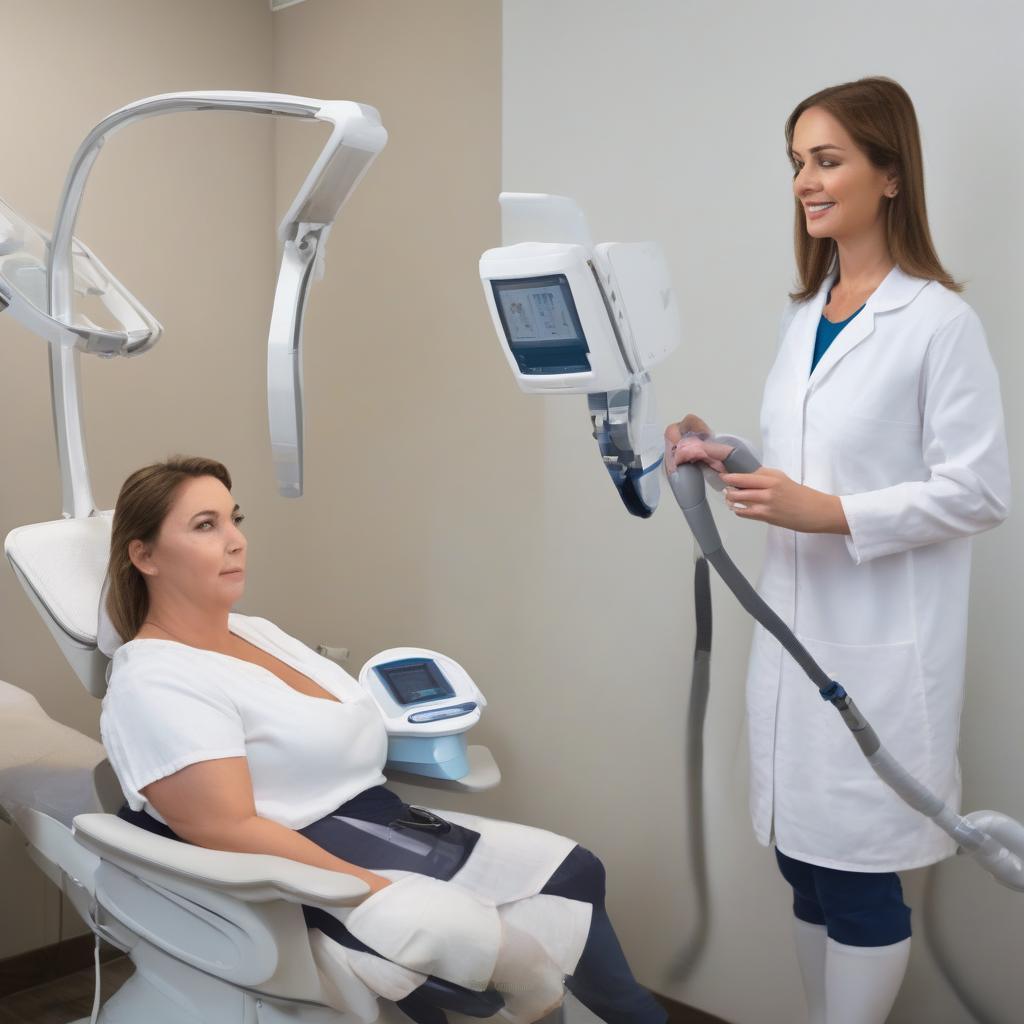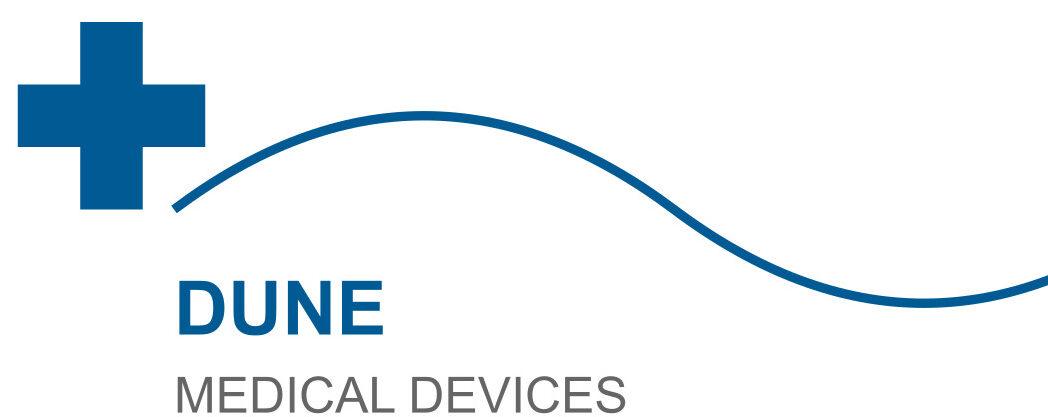
RF vs. CoolSculpting: Which Is Better?
“`html
RF vs. CoolSculpting: Which Is Better?
Introduction
When it comes to non-invasive fat reduction treatments, two of the most popular options are Radiofrequency (RF) therapy and CoolSculpting. Both promise to eliminate stubborn fat without surgery, but they work in very different ways. If you’re trying to decide between RF fat reduction and CoolSculpting, understanding their mechanisms, effectiveness, side effects, and costs can help you make an informed choice. In this guide, we’ll break down the key differences between these treatments so you can determine which one aligns best with your body goals.
How RF Fat Reduction and CoolSculpting Work
RF Fat Reduction
Radiofrequency (RF) fat reduction uses controlled heat energy to target and destroy fat cells beneath the skin. The heat stimulates collagen production while liquefying fat cells, which are then naturally eliminated by the body over time. RF treatments also tighten the skin, making them ideal for those concerned about sagging or loose skin after fat loss.
CoolSculpting
CoolSculpting, also known as cryolipolysis, works by freezing fat cells to the point of destruction. A specialized applicator cools the targeted area, causing fat cells to crystallize and die. Over the following weeks, the body processes and removes these dead cells, resulting in a more contoured appearance. Unlike RF, CoolSculpting does not tighten the skin.
Effectiveness and Results
RF Fat Reduction Results
RF treatments typically require multiple sessions (usually 3-6) spaced a few weeks apart. Results become noticeable after a few weeks, with optimal outcomes appearing around 2-3 months post-treatment. Since RF also stimulates collagen, patients often see improved skin texture and firmness alongside fat reduction.
CoolSculpting Results
CoolSculpting usually requires 1-2 sessions per treatment area, with results gradually appearing over 2-4 months. While effective for fat reduction, it does not address skin laxity, meaning patients with loose skin may need additional treatments like RF or non-surgical skin tightening for optimal results.
Side Effects and Recovery
RF Fat Reduction Side Effects
Common side effects include mild redness, swelling, and tenderness in the treated area, which usually subside within a few hours to a day. Since RF uses heat, there’s a slight risk of burns if not performed correctly, making it essential to choose an experienced provider.
CoolSculpting Side Effects
CoolSculpting may cause temporary numbness, redness, bruising, or tingling in the treated area. A rare but possible side effect is paradoxical adipose hyperplasia (PAH), where fat cells enlarge instead of shrinking. However, this is uncommon and usually treatable with follow-up procedures.
Cost Comparison
Both treatments vary in price depending on the treatment area and the number of sessions required. On average:
- RF Fat Reduction: $1,000 – $3,000 per session
- CoolSculpting: $750 – $1,500 per session
While CoolSculpting may seem more affordable upfront, RF treatments often provide additional skin-tightening benefits, which could reduce the need for separate skin rejuvenation treatments.
Conclusion: Which Is Better for You?
Choosing between RF fat reduction and CoolSculpting depends on your specific needs:
- Choose RF if you want fat reduction and skin tightening, especially if you have mild to moderate skin laxity.
- Choose CoolSculpting if you’re primarily focused on fat reduction in stubborn areas like the abdomen or love handles and don’t require skin tightening.
Consulting with a qualified provider can help determine the best option based on your body type, goals, and budget.
Frequently Asked Questions
How long do results last?
Both treatments provide long-lasting results as long as you maintain a stable weight. Since fat cells are permanently destroyed, they won’t return unless you gain significant weight.
Is there any downtime?
Neither treatment requires downtime, though you may experience mild discomfort or swelling for a short period afterward.
Can I combine RF and CoolSculpting?
Yes, some patients opt for a combination approach—using CoolSculpting for fat reduction and RF for skin tightening—for enhanced results.
“`
